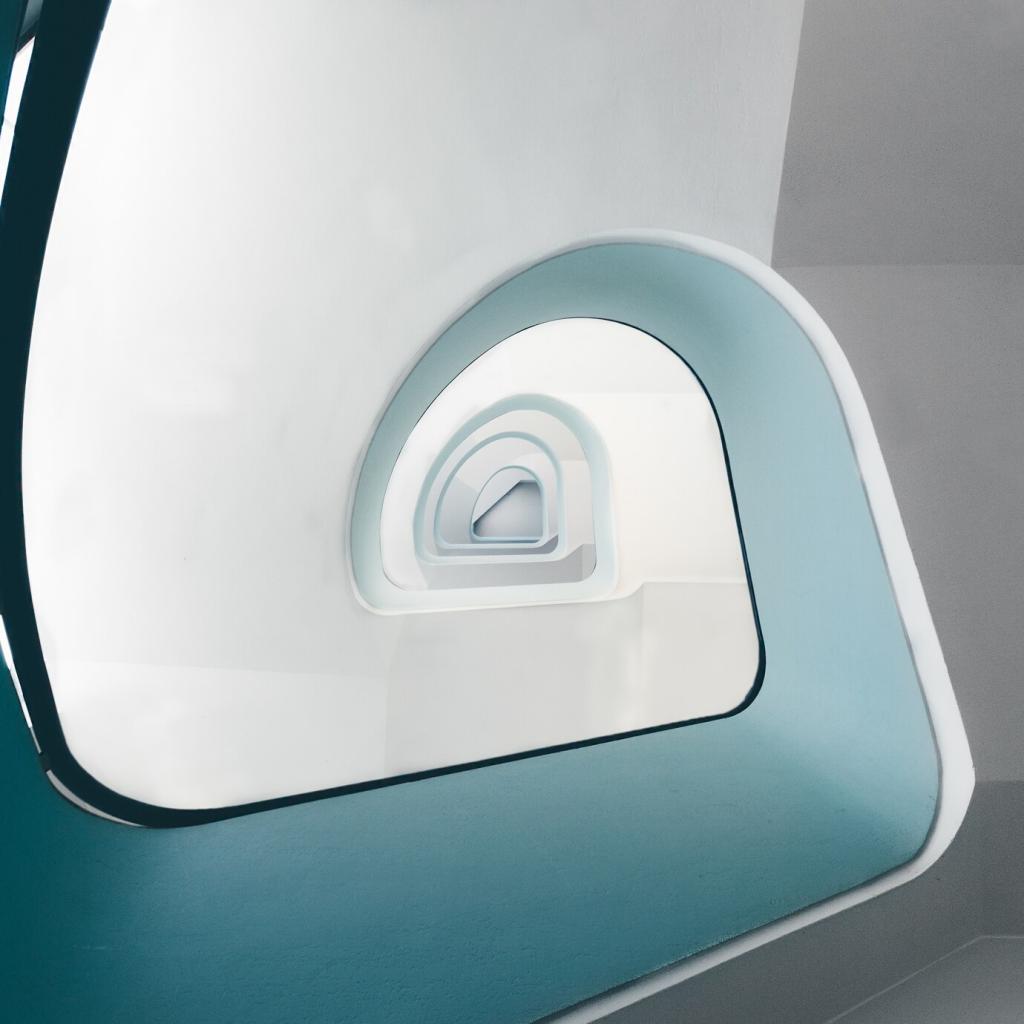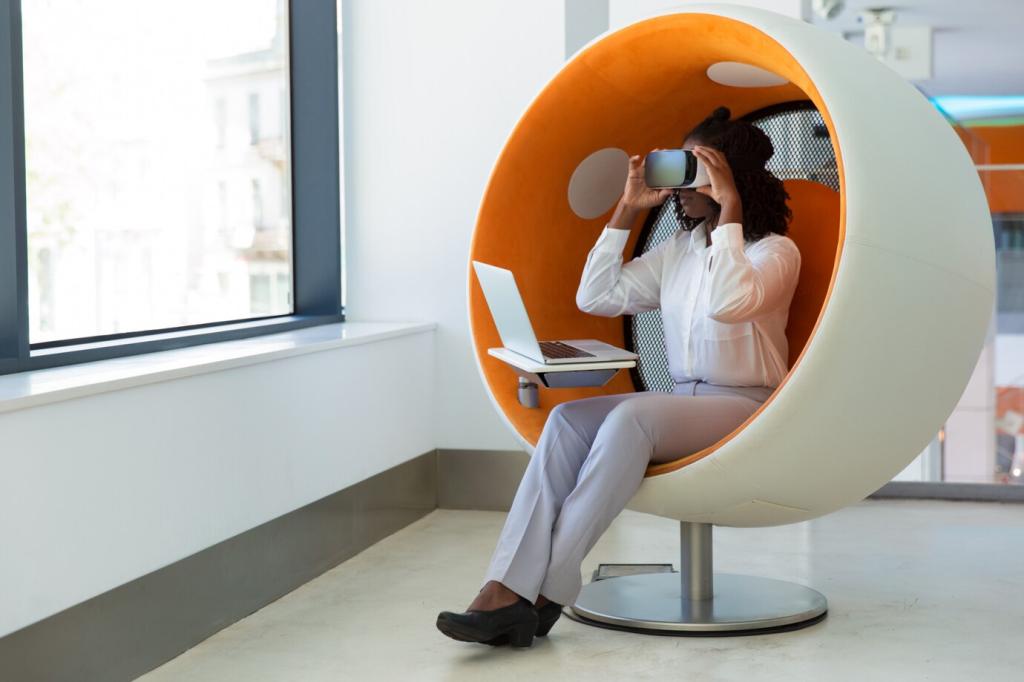This website uses cookies so that we can provide you with the best user experience possible. Cookie information is stored in your browser and performs functions such as recognising you when you return to our website and helping our team to understand which sections of the website you find most interesting and useful.

AI-Driven Transformations in Interior Design
The fusion of artificial intelligence with interior design is reshaping how we conceptualize, plan, and experience our living and working spaces. AI enhances creativity, streamlines workflows, and personalizes environments like never before, offering innovative solutions that were previously unimaginable. From intuitive design tools that anticipate user needs to intelligent systems that optimize spatial layouts, AI’s role in interior design promises a future where aesthetics and function blend seamlessly with technology. This web page explores the multifaceted impact of AI-driven transformations in interior design, delving into the opportunities, challenges, and future directions for this dynamic field. Discover how designers and homeowners alike can harness AI to create smarter, more beautiful spaces that resonate with individual visions.
Revolutionizing Creativity and Inspiration

Enhancing Personalization and User Experience
Dynamic Room Customization
Personalized Décor Suggestions
Adaptive Smart Home Features
Optimizing Spatial Design and Functionality



